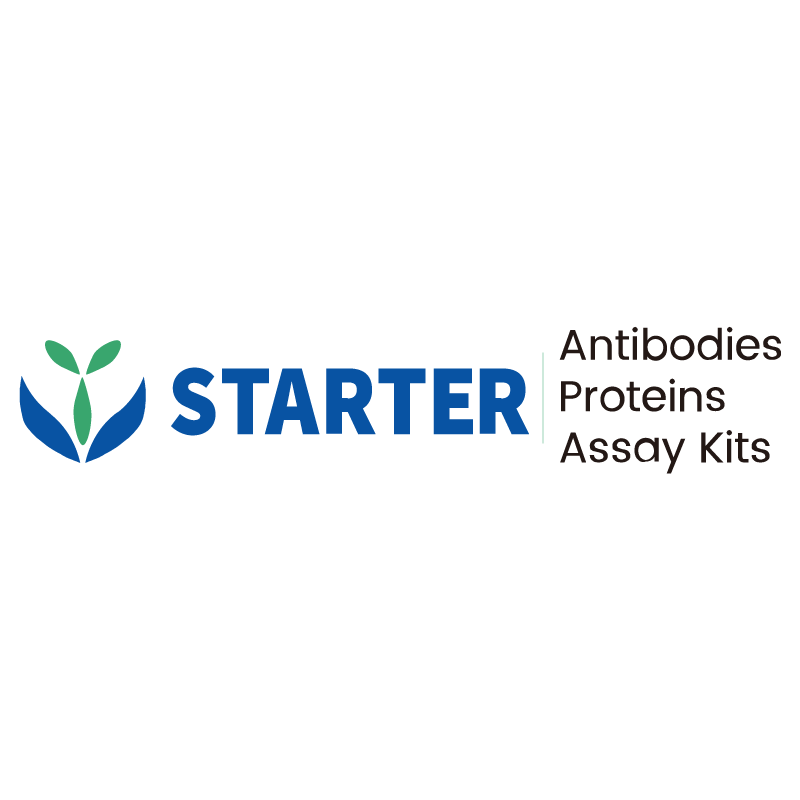Flow cytometric analysis of Mouse CD36 expression on mouse peritoneal exudates cells. Mouse peritoneal exudates cells were stained with SDT FITC Rat Anti-Mouse F4/80 Antibody (S0B5113) at 5 μl/test and either Alexa Fluor® 647 Armenian Hamster IgG Isotype Control (Left panel) or SDT Alexa Fluor® 647 Armenian Hamster Anti-Mouse CD36 Antibody (Right panel) at 5 μl/test. Flow cytometry and data analysis were performed using BD FACSymphony™ A1 and FlowJo™ software.
Product Details
Product Details
Product Specification
| Host | Armenian hamster |
| Antigen | CD36 |
| Synonyms | Platelet glycoprotein 4; Glycoprotein IIIb (GPIIIB); PAS IV; PAS-4; Platelet glycoprotein IV (GPIV) |
| Location | Cell membrane |
| Accession | Q08857 |
| Clone Number | S-R615 |
| Antibody Type | Recombinant mAb |
| Isotype | IgG |
| Application | FCM |
| Reactivity | Ms |
| Positive Sample | mouse peritoneal exudates cells |
| Purification | Protein G |
| Concentration | 0.05mg/ml |
| Conjugation | Alexa Fluor® 647 |
| Physical Appearance | Liquid |
| Storage Buffer | PBS, 25% Glycerol, 1% BSA, 0.3% Proclin 300 |
| Stability & Storage | 12 months from date of receipt / reconstitution, 2 to 8 °C as supplied. |
Dilution
| application | dilution | species |
| FCM | 5μl per million cells in 100μl volume | Ms |
Background
CD36 is a heavily glycosylated 80kD integral membrane protein widely expressed on platelets, immune cells, adipocytes, myocytes, enterocytes, enteroendocrine cells, and other cell types. It is a member of the class B scavenger receptor family and functions as a pattern recognition receptor. CD36 has a diverse range of ligands and physiological functions, including the uptake of modified lipids and apoptotic cells, long-chain fatty acid transport, adhesion, and angiogenesis. It plays a role in various pathological conditions such as atherosclerosis, diabetes, and cardiomyopathy. In the gut, CD36 promotes absorption of long-chain fatty acids and participates in carotenoid uptake for vitamin A metabolism. It also acts as a receptor for thrombospondin-1 and several other proteins containing thrombospondin type I repeats, functioning as an endogenous negative regulator of angiogenesis on microvascular endothelial cells.
Picture
Picture
FC


